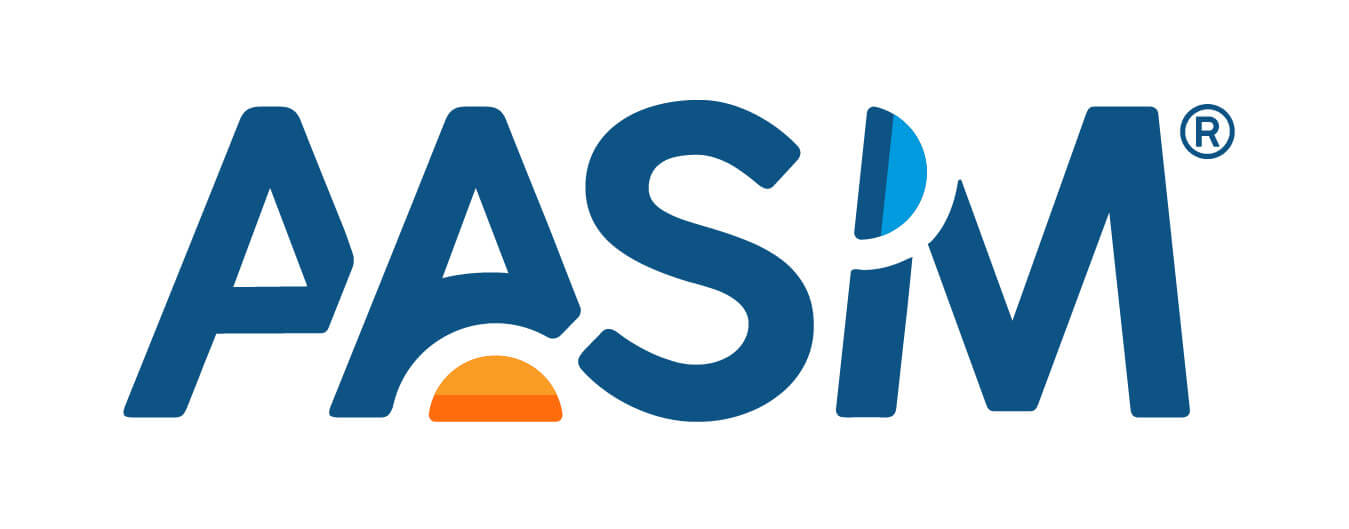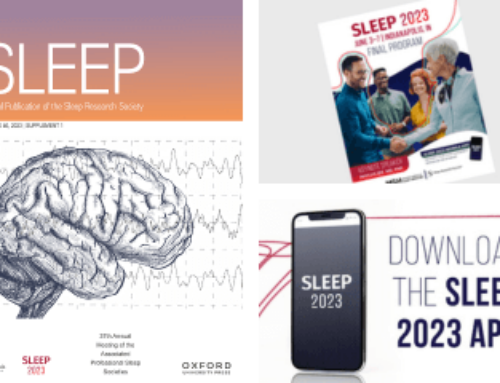FOR IMMEDIATE RELEASE
**Data Updated June 10, 2008
CONTACT:
Kathleen McCann
(312) 330-7694
WESTCHESTER, Ill. – Children with bigger age-adjusted neck sizes may be at increased risk for a sleep-related breathing disorder, as well as increased severity of the disease, according to a research abstract that will be presented on Tuesday at the SLEEP 2008 22nd Annual Meeting of the Associated Professional Sleep Societies (APSS).
The study, authored by Pearl L. Yu, MD, of the University of Virginia, focused on 242 children between two and 18 years of age who were referred to a pediatric sleep center. Obese patients comprised 40 percent of this population, and had an increased frequency of snoring. Apnea-hypopnea index (AHI) and mean oxygen saturation values were used as indices of sleep-related breathing disorder severity. Neck size, measured in a sitting and neutral head position, was regressed against age, and the percent deviation was obtained from the predicted neck size for each patient.
According to the results, the deviation from predicted neck size (DPN) showed a higher correlation with AHI than did body mass index (BMI) or tonsil size. Further, DPN showed a stronger correlation with AHI in the absence of adenotonsillar hypertrophy.
“Children with bigger neck sizes for age should be queried about snoring, apnea, excessive sleepiness, and hyperactivity,” said Dr. Yu. “Neck size should be considered in the clinical evaluation of children with a history of snoring and apnea, especially if they are obese and have no adenostonillar hypertrophy.”
More information about child sleep apnea is available from the American Academy of Sleep Medicine at https://www.SleepEducation.com/Disorder.aspx?id=71.








